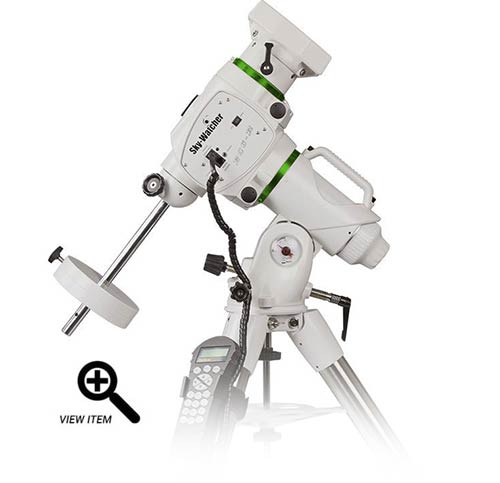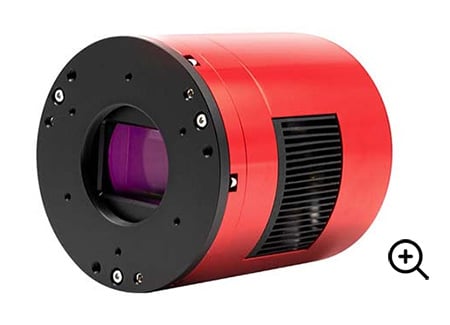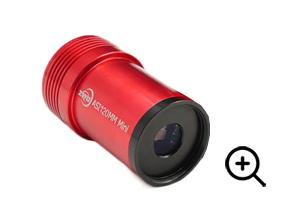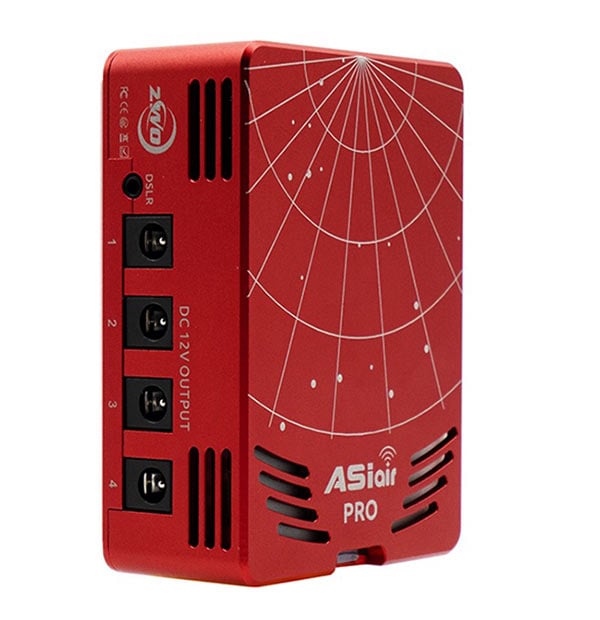Backyard of the Week | April 26, 2021
Thank you to everyone who embraced the re-launch of the AstroBackyard Backyard of the Week!
It was great to receive so many responses from the AstroBackyard community, and I am excited to share some really great astrophotography equipment profiles with you in the coming weeks.
Be sure to fill out the form to submit your backyard for a future feature, and don’t forget to include your Instagram handle to help grow your following.
Our first Backyard of the Week since the re-launch comes to us from Jason Dain, from Nova Scotia, Canada.
Location: Nova Scotia, Canada
Jason designed and built a custom “astro-wagon” to haul his complete imaging setup from storage to his ideal imaging location in the yard. My back would be in much better shape had I thought of something like this many years ago.
Jason’s custom astro-wagon with his telescope riding on top.
Jason Dain
Jason is a regular contributor to the AstroBackyard Facebook page and was one of the first people to jump on the new BOTW feature. He has taken some incredible astrophotos from his east coast backyard, and I think you’ll agree that he has his setup fine-tuned at this point.
I found Jason’s image of the Orion Nebula with this setup particularly beautiful, capturing the full dynamic range of this nebula from the core to the outer dust.
Orion Nebula by Jason Dain using the setup featured below.
What does Jason love most about his setup? He mentioned that the overall portability of the rig and the results he has achieved as his most valued aspects.
This is an often overlooked aspect of building a complete deep-sky imaging rig. Reducing the friction of set-up and tear-down time means more time collecting photons under the stars.
Jason’s Equipment:
| Primary Imaging Telescope | ZWO ASI2600MC Pro |
| Telescope Mount | Sky-Watcher Esprit 100 ED APO |
| Filter | IDAS NBZ Nebula Boost Filter |
| Guide Scope | Sky-Watcher Evoguide |
| Guide Camera | ZWO ASI120MM Mini |
| Dew Control | Pegasus Astro Power Box |
| Camera Control Software | ZWO ASIAir Pro |
| Other Accessories | TPLINK Travel Router, Power Bar |
The Telescope:
Jason uses the Sky-Watcher Esprit 100 ED APO refractor telescope. I personally own this telescope and can vouch for its reliable performance and versatility.
The native 550mm focal length is perfect for many deep-space objects from medium-sized galaxies to large nebulae regions. The flatness across the image field (when the included corrector is used) and color correction are especially impressive.
Sky-Watcher Esprit 100 ED APO
The Rosette Nebula, and the Tadpoles Nebula. Jason Dain.
Sky-Watcher Esprit 100 ED APO Specs
- Type: Apochromatic Triplet Refractor
- Field Flattener: Dedicated Field Corrector (Included)
- Diameter: 100mm
- Focal Length: 550mm
- Focal Ratio: f/5.5
- Weight: 16 lbs
This is a premium astrophotography telescope, and some quick research will reveal that this telescope (and larger variations) are being enjoyed by some of the best astrophotographers in the world.
The Telescope Mount:
The Sky-Watcher EQ6-R Pro makes yet another appearance in the Backyard of the Week. The popularity and positive reviews of this equatorial telescope mount continue to dominate the mid-range telescope mount market.
I first received my Sky-Watcher EQ6-R Pro in 2018, and have collected countless deep sky images from my backyard with it without incident. It truly is a legendary piece of kit for anyone looking to invest in a reliable tracking platform.
The Sky-Watcher EQ6-R Pro Telescope Mount
The Camera:
Jason uses a ZWO ASI2600MC Pro dedicated astronomy camera. This cooled. APS-C one-shot-color (OSC) camera has been a house hit since it arrived, and for good reason.
Today’s modern CMOS astronomy cameras are capable of capturing an incredible dynamic range in high resolution. I particularly love the field of view that this APS-C sensor provides when paired with the Sky-Watcher Esprit 100.
ZWO ASI2600MC Pro
The following image of the Dark Shark Nebula displays the impressive resolution and field-of-view of this system. The convenience and practicality of a one-shot-color camera are tough to beat.
The Dark Shark Nebula by Jason Dain. (ZWO ASI2600MC Pro Camera)
Filter:
IDAS NBZ Nebula Booster Filter. This filter is designed to enhance the contrast of Ha and OIII emission nebula while accommodating any spectral shift experienced when used with a fast optical system.
The IDAS Nebula Booster filter is a dual-band filter, suitable for one-shot color cameras, but can also be used with monochrome sensor astronomical cameras. You can see more examples of this filter in action in the following post: 10 light-pollution filters for Astrophotography in the City.
Guide Scope:
The Sky-Watcher Evoguide 50mm guide scope is an impressive little guide scope. It’s a doublet apochromatic refractor that can be used as an imaging telescope at 242mm!
This little guide scope weighs less than 2 pounds and includes the mounting hardware (Vixon mounting plate) to attach to your primary imaging telescope. The helical focuser allows you to comfortably focus your autoguiding camera.
Guide Camera:
The ZWO ASI120mm Mini might be one of the best values in the astrophotography market ($149 USD). I personally use this monochrome CMOS guide camera to autoguide my astrophotography rigs. It just works.
Judging by the clean, long-exposure shots Jason is taking, I’d say this autoguiding system is running quite smoothly.
Dew Control:
For dew control, Jason uses Kendrick Dew Heater Bands powered by a Pegasus Astro Pocket Power Box. Again, this is the exact same system I use to keep moisture from ruining an imaging session, so I can personally attest to the convenience and reliability of this conifguration.
The Pocket Power Box includes an auto-tune dew heater function, that uses an external temperature and humidity sensor to send power to your dew heater bands.
The Pegasus Astro Pocket Power Box Advance.
Camera Control Software:
The ZWO ASIAir Pro is a popular choice these days, with many amateur astrophotographers running entire ZWO ASI rigs (imaging camera, guide camera, EAF, etc.). Knowing that Jason values a highly portable imaging rig, it is no surprise to see the capable ZWO ASIAir Pro being utilized on his kit.
The ZWO ASIAir Pro Wireless Imaging Controller.
Jason mentioned that he also uses a TPLINK Travel Router to increase the WiFi signal of his ZWO ASIAir Pro.
Thank you for sharing your backyard astrophotography set up with us, Jason! View Jason’s Astrophotography Gallery on Flickr or check out his work on Instagram.
For a chance to be featured as the Backyard of the Week, fill out the form and include the details of your setup. This is a great way for beginners to see a deep-sky imaging setup that is being used to successfully photograph the night sky.
Helpful Resources:
- Beginner Astrophotography Guide
- Sky-Watcher Esprit 100 ED APO Review
- Astrophotography Tips (No Telescope Needed)













